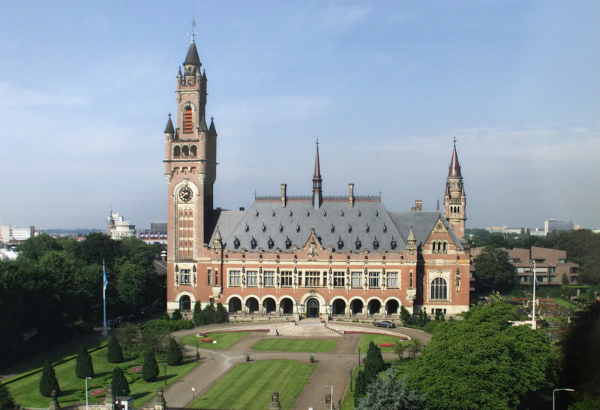OWING to the territorial dispute in the West Philippine Sea, a lawmaker on Sunday urged the government to protect the oil- and gas-rich Recto Bank, which holds the key to the country’s energy independence.
“We must secure and defend Recto Bank at all costs. We should assume jurisdiction over the conservation, exploration and exploitation of the seamount’s vast hydrocarbon deposits for the benefit of future Filipino generations,” House Deputy Minority Leader Arnel Ty said.
“We should not allow China’s protests and pestering to disrupt our efforts to harness Recto Bank’s oil and gas assets,” Ty, who speaks for the minority in the House energy committee, added.
Also called Reed Bank, Recto is a large underwater mount that rises just 9 to 45 meters short of the sea level. While the bank is well within the Philippines’s 200-mile Exclusive Economic Zone, it is the subject of a territorial row with China.
Ty, citing former National Security Adviser Roilo S. Golez, said China has been raring to seize and occupy Recto Bank.
Earlier, the US Energy Information Administration, citing geological surveys, estimated that the West Philippine Sea may contain up to 5.4 billion barrels of oil and 55.1 trillion cubic feet of natural gas, “with the bulk of the resources likely in the contested Reed Bank at the northeast end of the Spratlys.”
“Actually, studies of extensive seismic data indicate that Recto Bank’s Sampaguita gas field alone has up to 4.6 trillion cubic feet of natural gas and 115 million barrels of oil,” Ty said.
“To put this in perspective, the fully operational Malampaya gas field contains only up to 2.7 trillion cubic feet of natural gas and 85 million barrels of condensate,” he added.
The largest hydrocarbon deposit ever discovered in the Philippines, Malampaya now produces 146 billion cubic feet of gas every year, and the fuel drives three of Luzon’s largest power plants that are based in Batangas.
Meanwhile, the lawmaker also called on the government, particularly the Department of Energy (DOE), to lift the order that has shut down oil and gas drilling activities in Recto Bank, which lies just 80 nautical miles northwest off the Palawan coast.
In addition, Ty said that the consortium that runs the Recto Bank petroleum service contract (SC) should be permitted to resume its search for oil and gas supplies.
Forum Energy Plc., the private operator of SC 72, was originally set to drill two exploratory wells in Recto Bank this month.
However, in March, the DOE granted a force majeure order on SC 72, citing the territorial dispute with China and the ongoing United Nations arbitration proceedings.
Owing to the force majeure, Forum had to abandon all exploration work “until further notice from the DOE.”
Forum has a 70-percent interest in SC 72, with the remaining 30 percent held by Monte Oro Resources and Energy Inc.
Forum is majority owned by Philex Petroleum Corp., a Philippine Stock Exchange-listed entity run by businessman Manuel V. Pangilinan.
Tidemark Holdings Ltd., controlled by former Trade Minister Roberto V. Ongpin, also has a minority stake in Forum.
Meanwhile, an Australian-Filipino consortium over the weekend began drilling a deepwater exploratory well in the West Philippine Sea, hoping for an oil strike.
The group, led by Otto Energy Investments Ltd., intends to drill 1,000 meters below the sea bed and hopes to hit the top of a promising hydrocarbon reservoir in SC 55, a deepwater block in the southwest Palawan Basin that is not in disputed territory.
Using the 60,000-ton ultra-deepwater drillship Maersk Venturer, Otto expects to complete the spudding of the Hawkeye-1 well in 23 days at a cost of $24.5 million (P1.1 billion).
source: Business Mirror
